Here you can get useful advice and learn how to pack fragile items for mail and transport here.
In this guide you can learn how to pack fragile items such as figurines and similar delicate items. We will point out some of the things you should be especially aware of when preparing fragile objects for transportation.
We have more than 50 years of experience packing and sending porcelain to every part of the world. We are happy to share our knowledge on how to pack with you.
When something break during transport it often has to do with the following factors:
- The box is too small
- There has been too little of cushioning or springy fill in the box
- Multiple items has been packed together and has collided in the box during transport.
If you are sending more than one item it is important when packing figurines and other delicate items that you reduce the risk of the items banging into each other during transport.
How to pack:
1. Wrap or pack each single item - Separately
Pack each item you want to send in separately. You can use bubble wrap, corrugated cardboard, newspapers, towels, or something similar. It's important that you pack each item meticulously and make sure that sharp edges, such ears, horns, and so on, are extraordinarily protected. - That way you avoid that something breaks off in case your figurine hits something else in the box or that it comes to close to the walls of the box.
Don't hesitate to use tape or cord to keep your material in place around each individual figurine, as shown below:
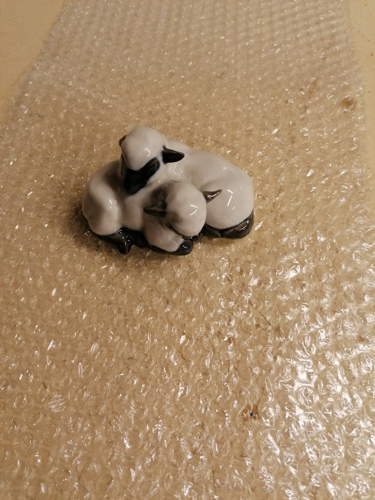
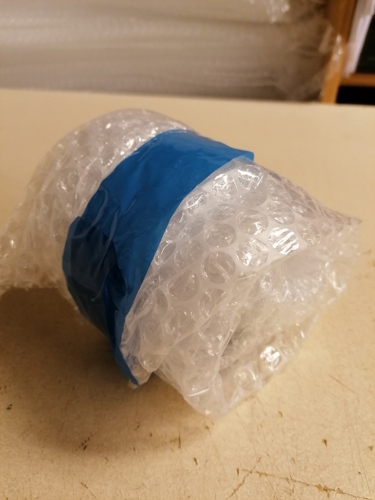
2. Make a cardboard rapping or use multiple small boxes
In order to protect the more vulnerable areas on figurines ad other delicate things, it's a good idea to cut a cardboard rapping and fold it around your wrapped figurine.
If you happen to have some small boxes for each thing at hand it's of course easier to use these and it gives the same result.
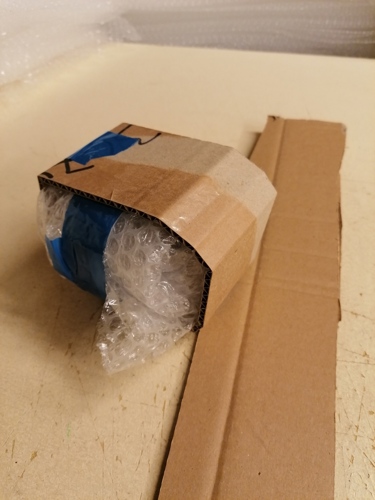
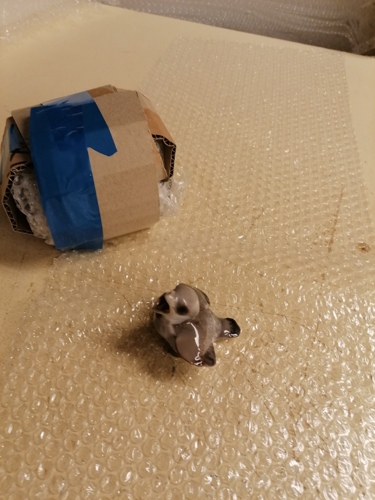
3. Use springy fill
Now that your goods are well packed and protected individually, it's time to find a outer box that you can pack your things in. It's important to make sure that the box is big enough that there is room for cushioning or springy fill between the item and the walls of the box.
For cushioning you can use curled up newspaper (rip pages out and curl them together one by one - this works well as cushioning), or, as shown on the picture below, use styrofoam. We recommend at least 10 cm of cushioning from the fragile item to the walls of the box.
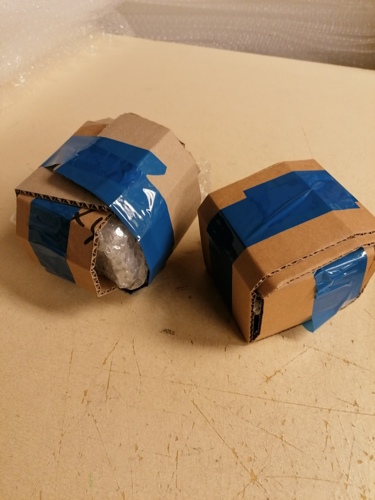
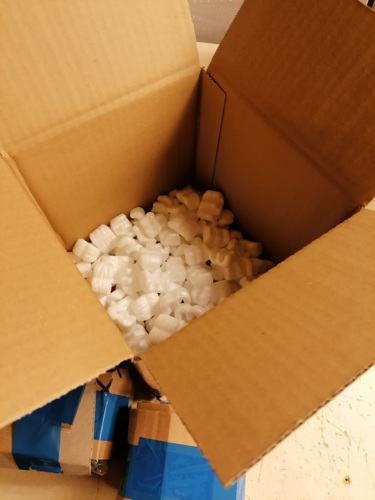
4 . Pack all the items together in one large box
Once every item is packed as described in step 1 to 3 you should put them together in one large box. Start by putting 10 cm cushioning in the bottom of the box and place your items in the middle of the bog box. They should be placed closely to each other, so that there are still room for cushioning material in between them.
Fill the rest of the box up, so that your little boxes is covered both around and on top. That is, the little boxes should be placed side by side in the middle of the big box, so that you avoid them colliding, and with 10 cm cushioning all around them.
It's important that there are 10 cm cushioning from the walls of the box to your wrapped items. The cushioning should be packed tightly, other wise your items might move around in the big box during transport.
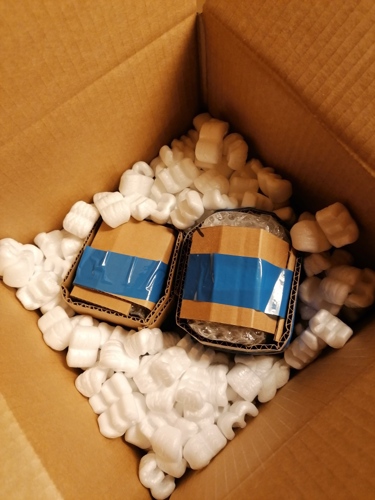
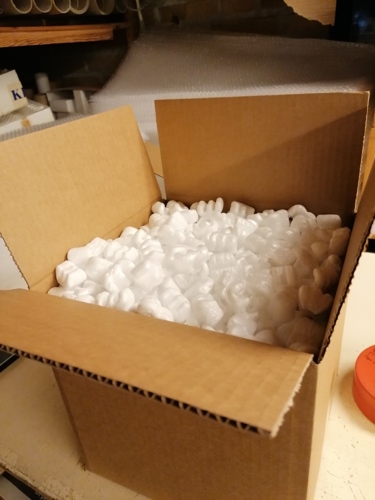
Hopefully this description will help you when you have to pack fragile items so that you can avoid damage during transport when sending your package.
We hope that you understand that even though we have made this guide we can not be held responsible for potential damage during transport regardless of you following the above description. - However, we do experience that most damages can be avoided with this guide.
This is the best guide if you are packing plates/dishes. Get some useful advice on how to pack several plates together or one at a time without breaking them.
We have more than 50 years of experience packing and sending porcelain to every part of the world. We are happy to share our knowledge on how to pack with you.
When something break during transport it often has to do with the following factors:
- The box is too small
- There has been too little of cushioning or springy fill in the box
- Multiple items has been packed together and has collided in the box during transport.
When packing plates we recommend wrapping each plate with about 5 newspaper pages. You can also use bubble wrap as shown in the pictures below. If you pack more than one plate you can stack them afterwards. Stack the newspaper wrapped plates on top of each other. You can easily place 15 plates in one stack.
How to pack:
1. Wrap or pack each single plate and stack them on top of each other
If you have one plate, wrap it in newspaper, so that it's covered thorough.
If you have more than one plate, you can stack them in top of each other - after they are wrapped individually. Separate them by adding cardboard in between each plate and press the stack together at the end so that the cardboard adjusts to the shape of the plate.
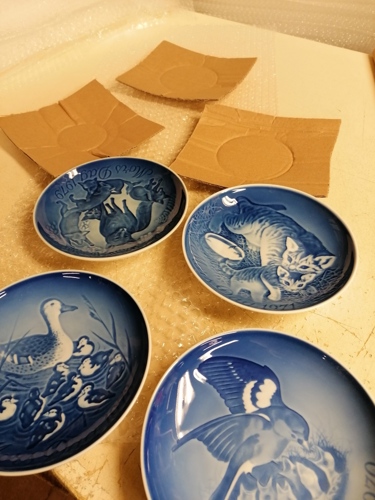
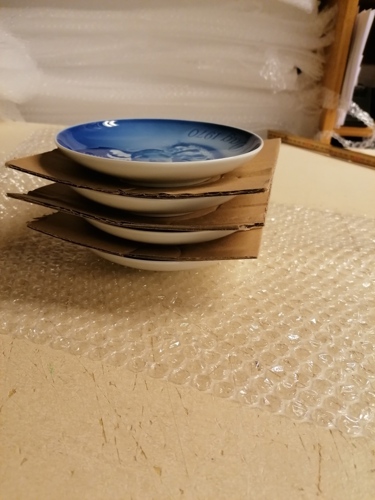
Afterwards the whole stack should be wrapped tightly in bubble wrap or newspaper pages. Remember to use tape around the stack so that each plate in the stack cannot move during transport. Then you should make a protective card board wrap and once again secure with tape.
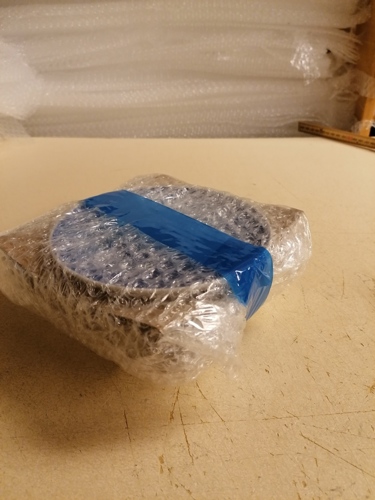
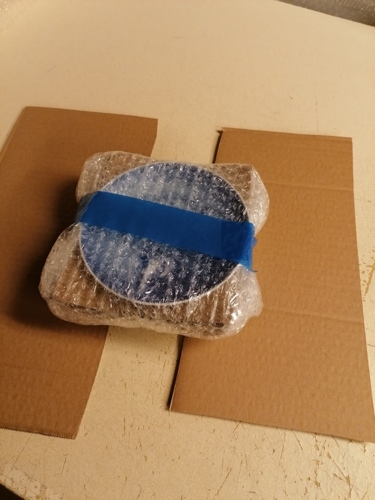
2. Wrap or pack the stack(s) in one large box
Once the plates are wrapped as descripted at step 1., you can pack your plates in a larger box. By doing so you decrease the risk of the plates banging into each other and break during transportation.
If you have multiple stacks of plates, be very careful not to place them next to each other so that you plate's edges might collide. You can try and place the plates vertically.
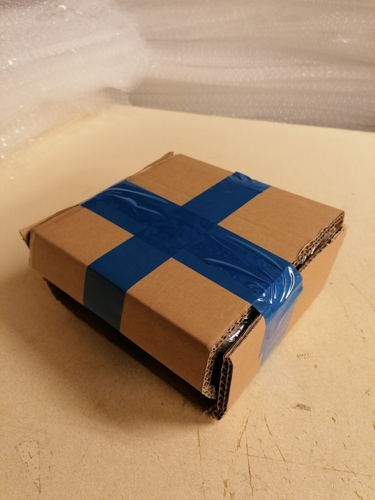
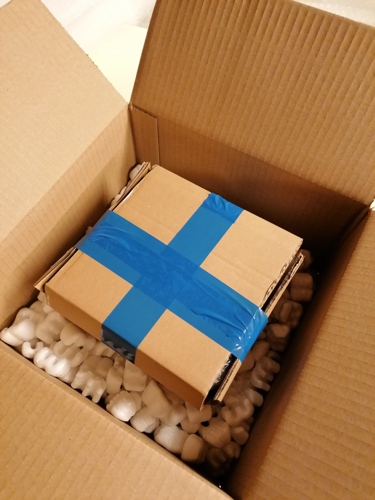
3. Use springy fill
In the big box you should place your plates in the center of the box and use springy fill between your wrapped plates and the outer walls of the big box. You can use curled up newspaper (rip pages out and curl them together one by one - this works well as cushioning), or, as shown on the picture below, styrofoam. We recommend at least 10 cm of cushioning all around the plates to the walls of the box. The fill should be packed tightly, other wise your plates might move around in the big box during transport.
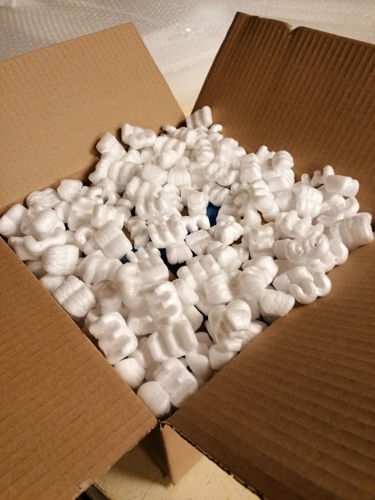
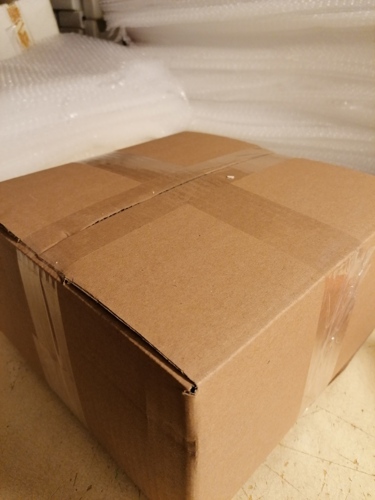
Should the shipment consist of more than 15-20 plates each of 18 cm in diameter, we recommend to repeat the above mentioned procedure for the remaining number of plates.
Hopefully this description will help you when you have to pack fragile items so that you can avoid damage during transport when sending your package.
We hope that you understand that even though we have made this guide we can not be held responsible for potential damage during transport regardless of you following the above description. - However, we do experience that most damages can be avoided with this guide.
When you send plates, figurines or similar delicate and fragile items to us, we recommend marking your items so that you may recognise them again.
How to mark your items:
1. Write you initials or signature as a marking
We recommend that you sign your items with your initials or signature on the bottom or back of the plate, figurine or similar item.
2. Use a permanent marker or a sticker/label
It is important that the marking can be removed again. The use of a permanent marker or a sticker/label usually works fine.
Attention! Do not write on any rough or un-glazed surfaces on the items. It can be impossible to remove afterwards. In stead put a small sticker or label on it with your signature or initials.
If your mark incorrectly
Sometimes we discover errors, damages and imperfections on items which could mean that we are unable to offer the initial agreed price. In such situations we will of course return your items by your request.
Should this happen to you, marking your items before sending them to us is especially important. By marking you items you are certain that the items returned to you are the same as the ones you sent.
However, it is extremely rare that we send items back.
All items are thoroughly checked when received. Should any of the items have been damaged or dented during transportation or we find that the item quality is another than initially anticipated we will return the items upon your request.
Don't miss free tips and a lot of great sales
DPH Trading
Løkkegravene 49
5270 Odense N, Denmark
CVR-no.: DK61086013
Follow us on social media:

 We are e-approved
We are e-approved





